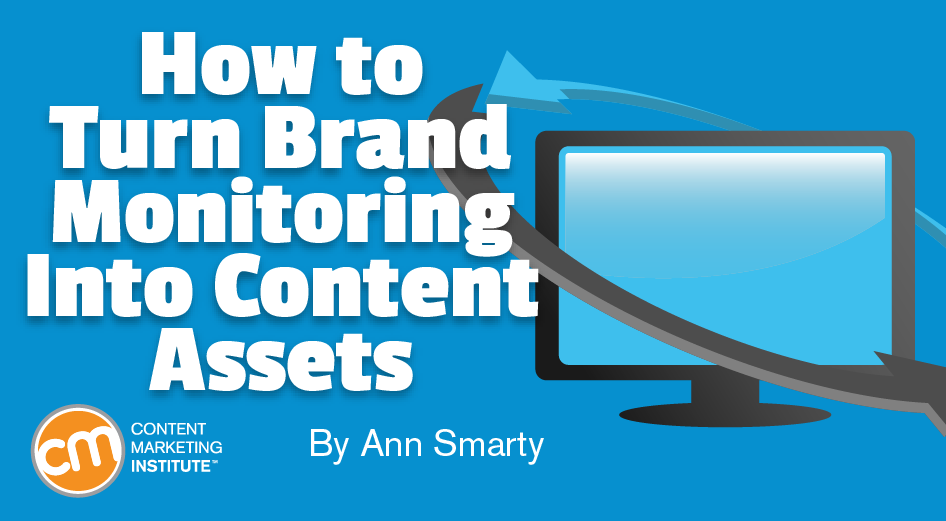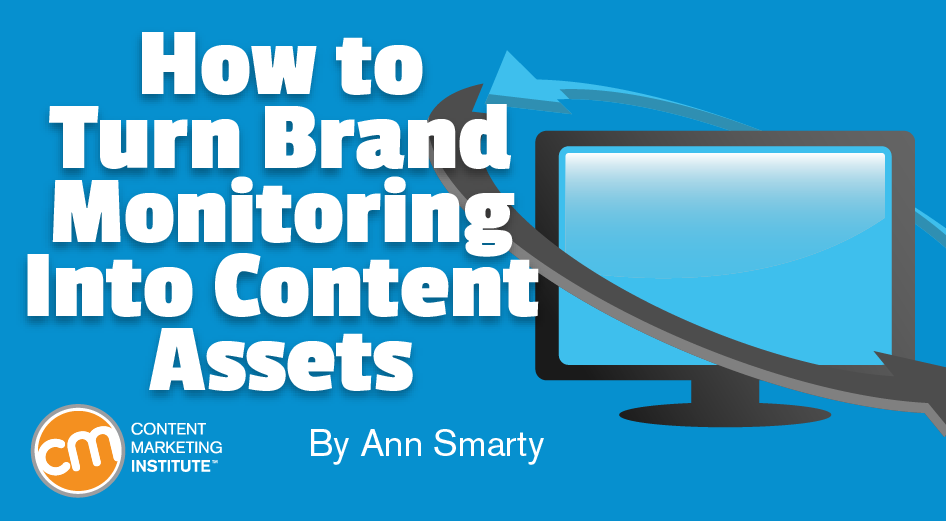Consider these three ways to turn those brand mentions into content assets. Incorporate these web mentions into your on-site content through regular roundups or a “featured in” section. This way you: Encourage your promoters to engage with your site (by sharing the content asset in which they are included) Build the authority of pages mentioning you (and thus bring them higher in search results) Encourage more sites to mention your brand (in hopes you’ll include them in your content too) Prompt them to share their mentions to your community (and thus increase your reach) Here’s how we did it for one project: Published post monthly rounding up the brand’s mentions in blog articles and videos Tweeted these mentions the last Thursday of every month using the brand hashtag and tagging the article authors (and other tools included in those articles alongside our brand) This process worked well on multiple levels, including building relationships with niche bloggers and startups, and creating a fun tradition for our customers who enjoyed engaging with the monthly mention chat on Twitter. Tweets into testimonials My favorite way to collect and publicize testimonials is through social media because it is: Believable and verifiable (anyone can see right away who posted them) Able to spread more easily (with your help too) Twitter is the most effective and productive way to collect and promote those testimonials because most tweets are public and open. Speaking of advanced search, here’s my way of monitoring my personal brand: (“ann smarty” OR seosmarty OR seosmarty.com -from: @seosmarty – @seosmarty) This search does the following: Includes tweets mentioning the full name (but not necessarily my Twitter handle) Includes tweets containing the “unlinked” handle, i.e., those without an @ symbol Includes tweets mentioning the site or articles on the site Excludes my tweets Excludes tweets tagging me (I have a separate column for monitoring those.) Social media questions into site FAQ or Q&A sections These days customers are more comfortable discussing products and services online, in public, than emailing a business and waiting for a reply. Therefore, it’s crucial to monitor those conversations to be able to: Fix issues promptly Avoid reputation crisis Turn unhappy customers into brand advocates Make sure those questions and concerns are properly addressed on your site It’s important to monitor mentions of your competitors and competing (or even complementing) products. Tool tips: Building a FAQ section is an ongoing process. You can use it to: Monitor Twitter questions, creating an archive to go through once in a while, which can inform your content Note questions discovered from other sources such as BuzzSumo or customer support in a Google Spreadsheet that can be framed into the dashboard Conclusion Productive social media monitoring can result in more cool content ideas. Ann blogs about search and social media industry trends and content marketing tools.

Monitoring your brand’s mentions is not an option these days. It’s a must.
The web is open and public. Someone is discussing your brand and you better be there to listen and participate.
But is there any way to get more out of a necessary task?
Yes. Consider these three ways to turn those brand mentions into content assets.
1. Web mentions into monthly roundups
There’s one fundamental tactic behind brand monitoring online: Promote your promoters – use your marketing channels to drive traffic to content that promotes your business.
Think about the powerful benefits:
- You nurture your relationships with already engaged bloggers (who wrote about your brand), turning them into even more loyal members of your community.
- You generate more exposure for those favorable brand mentions and thus create a more powerful digital context around your brand.
Incorporate these web mentions into your on-site content through regular roundups or a “featured in” section. This way you:
- Encourage your promoters to engage with your site (by sharing the content asset in which they are included)
- Build the authority of pages mentioning you (and thus bring them higher in search results)
- Encourage more sites to mention your brand (in hopes you’ll include them in your content too)
- Prompt them to share their mentions to your community (and thus increase your reach)
Here’s how we did it for one project:
- Published post monthly rounding up the brand’s mentions in blog articles and videos
- Tweeted these mentions the last Thursday of every month using the brand hashtag and tagging the article authors (and other tools included in those articles alongside our brand)
This process worked well on multiple levels, including building relationships with niche bloggers and startups, and creating a fun tradition for our customers who enjoyed engaging with the monthly mention chat on Twitter.
Tool tip: Awario is a great way to monitor and organize mentions for later reuse. You can maintain a separate alert where you track only web and news/blogs mentions. Then you can log in regularly to go through mentions: Check the unimportant or minor mentions as done. Highlight the star on mentions that should be included in your roundup.

Apart from grouping those mentions by importance, schedule social media promotion of all articles mentioning your brand (using proper tagging).
HANDPICKED RELATED CONTENT:
2. Tweets into testimonials
My favorite way to collect and publicize testimonials is through social media because it is:
- Believable and verifiable (anyone can see right away who posted them)
- Able to spread more easily (with your help too)
Twitter is the most effective and productive way to collect and promote those testimonials because most tweets are public and open. Plus, you can easily embed tweets to your site and scale the curation process using Twitter “likes” (previously, favorites).
Tool tips: I use TweetDeck to curate brand mentions for two reasons:
- You can dedicate a dashboard column for desktop alerts so you can engage with your Twitter mentions right away.
- You can…

COMMENTS